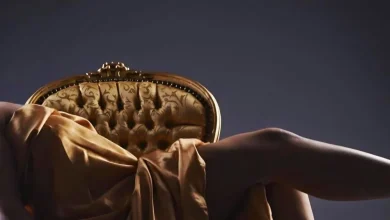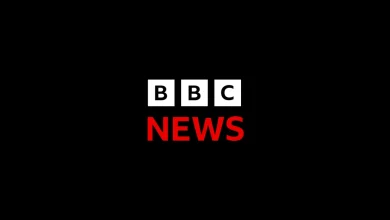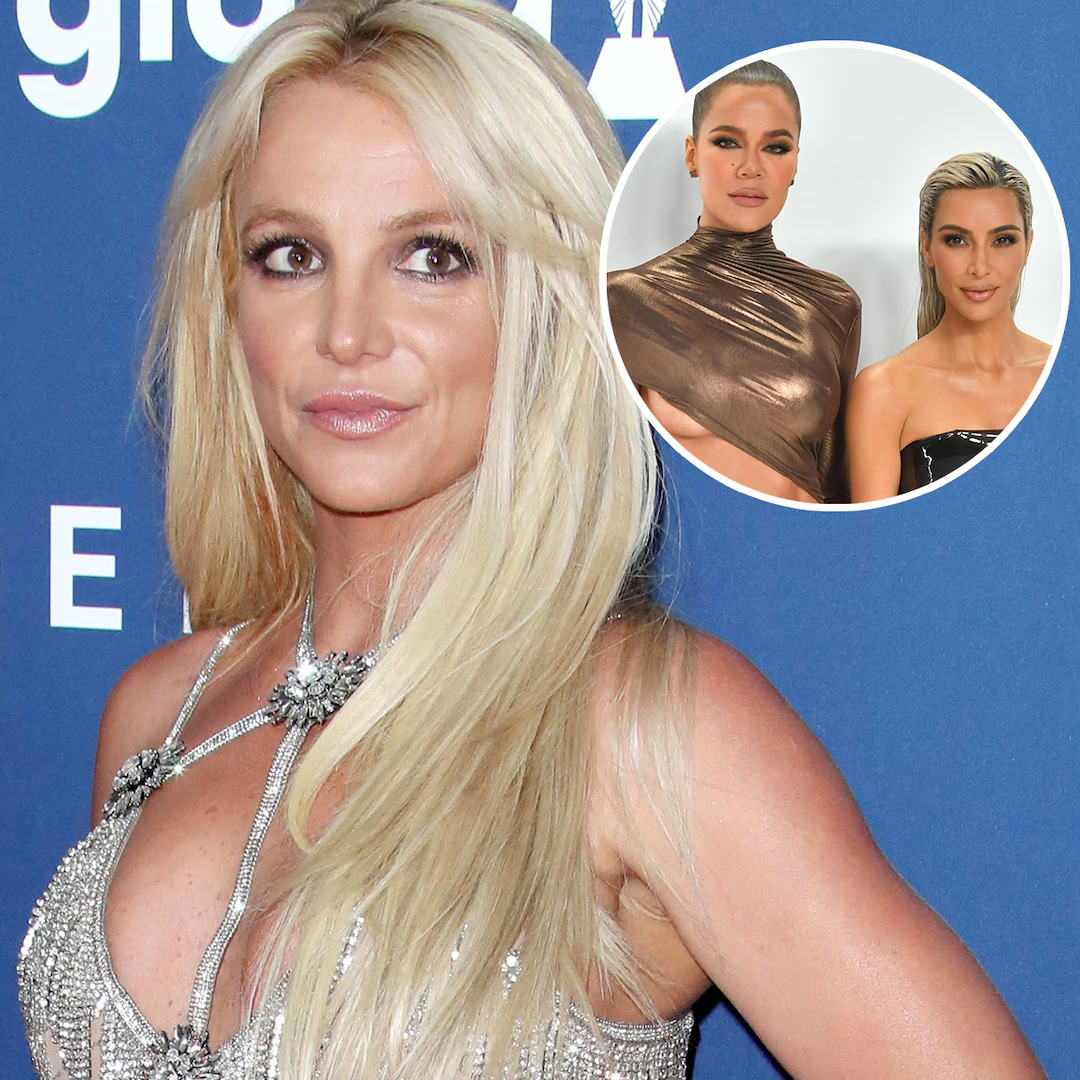How ‘Wicked: For Good’ Introduces Dorothy and All ‘The Wizard of Oz’ Characters (Including Toto)

SPOILER ALERT: This article contains major spoilers for plot points and the ending of “Wicked: For Good,” now playing in theaters, as well as spoilers for the “Wicked” stage show.
“Wicked,” created as an origin story for Glinda the Good and the Wicked Witch of the West, sets the stage for the world of the 1939 film “The Wizard of Oz,” explaining that not all in Oz is what it seems.
“Wicked: Part One” established much of the lore — from Glinda and Elphaba’s first meeting at Shiz University to their fateful voyage to the Emerald City to see the Wizard — and “Wicked: For Good” continues that story, including introducing how Glinda and Elphaba become known for good and evil, how the Tin Man, the Scarecrow and the Cowardly come to be and introduce Dorothy (and her little dog Toto, too).
While some storylines don’t align perfectly, many familiar characters, places and things appear along the way. Here’s how “For Good” leads up to “The Wizard of Oz.”
Elphaba / the Wicked Witch of the West
Elphaba Thropp (Cynthia Erivo), eventually dubbed the “Wicked Witch of the West,” is at the heart of the “Wicked” origin story. Born green from a mysterious elixir, she carries magic in her veins as the daughter of a wizard father and a Munchkin mother. Fierce, fearless, and unafraid to speak out against injustice, Elphaba challenges the Wizard (Jeff Goldblum) himself — who, unbeknownst to either of them, is her father — for his cruelty toward animals and twisted politics. Her habit of standing up for what’s right makes her an enemy of the state, and the Wizard and Madame Morrible’s (Michelle Yeoh) counter-PR campaign crowns her the “Wicked Witch of the West,” launching her villain origin story and paving the way for the iconic Margaret Hamilton we know from “The Wizard of Oz.”
Galinda / Glinda the Good
While Elphaba rises as a rebel, we watch Galinda (Ariana Grande) transform into Glinda, the Good Witch of the North. In “For Good,” she emerges as a savvy public figure, with her love of adoration propelling her into a leading role in Oz. Her story mostly intersects with Billie Burke’s Glinda in “The Wizard of Oz”: Right after Dorothy arrives, she appears in Munchkinland to address the people, bridging the storylines between the films. While not shown in “For Good,” she seemingly follows the same course: greeting the newcomer after falling from Kansas and sending her on her way down the Yellow Brick Road in the Wicked Witch of the East’s shoes.
Nessarose / The Wicked Witch of the East
Nessarose’s story reveals how the owner of the iconic ruby slippers came to be. In “For Good,” Elphaba’s sister has become the governor of Munchkinland, inheriting the role from their father, who died of shame over Elphaba’s growing reputation as the Wicked Witch. But Nessarose proves to be quite ruthless and, paired with her connection to Elphaba, she ultimately earns the nickname of the Wicked Witch of the East (which she’s referred to as in “The Wizard of Oz”). She ends the film in the same place she starts “The Wizard of Oz”: flattened under a house.
The Ruby Red Slippers
Before Elphaba and Nessarose’s father passed, he gave Nessa a pair of silver shoes that had belonged to her late mother. In “Wicked,” the family heirloom is silver – trademark rules at MGM kept them that way – but during “For Good,” they’re temporarily transformed to look red. When Elphaba gives her sister the power of flight, the silver shoes are blasted with red light, creating the enchanted illusion of the ruby slippers that would become legendary in “The Wizard of Oz.”
Boq / Tin Man
Boq (Ethan Slater) starts his “Wicked” journey as Glinda, Elphaba and Nessarose’s classmate at Shiz University. The Munchkin clearly has a crush on Glinda, who gently nudges him toward spending time with Nessa instead. But what begins as a polite favor spirals quickly: Nessa, who genuinely loves Boq, enslaves him in a desperate attempt to keep him close.
In “For Good,” Boq finally admits his heart still belongs to Glinda and tries to leave. Enraged by rejection, Nessa tries to win his heart with a spell, but her botched hex nearly kills him instead. In a heartfelt attempt to remedy the situation, Elphaba gives him a body that wouldn’t require a heart and rebuilds him from metal scraps around Nessa’s room. Just like that, Boq becomes the Tin Man (a la the version Jack Haley made iconic in 1939).
The movies tease his fate early and often: when he first meets Glinda in “Part One,” Boq’s stance mirrors the Tin Man’s tilt; later, Glinda tucks a red handkerchief into his sweater, right over his heart. He also introduces himself to Fiyero (Jonathan Bailey) as Boq “Woodsman.” In “For Good,” there’s a scene of him chopping wood with an ax before his transformation occurs. Even his Munchkinland uniform has a silver “M” heart-shaped embroidery stitched on his chest — a final wink at his Ozian fate.
Fieryo / Scarecrow
The brainless Scarecrow was formerly Fiyero Tigelaar, the most eligible bachelor in Oz. The “Wicked” story explains how the Shiz University heartthrob–turned–captain of the Wizard’s Guard becomes entangled in a complicated love triangle with both Glinda and Elphaba before meeting his starchy fate.
In “For Good,” Fiyero is torn between the two witches: he’s engaged to Glinda and tasked to hunt down Elphaba. But when he refuses to betray Elphaba, his fellow guards hang him in the fields to force a confession. He never breaks (what a loyal guy), and Elphaba ultimately saves him by casting the spell audiences hear in the number “No Good Deed.”
She chants: “Let his flesh not be torn, let his blood leave no stain / Though they beat him, let him feel no pain / Let his bones never break, and however they try to destroy him / Let him never die, let him never die.”
Fiyero’s fate is teased throughout both films: in one of his earliest interactions with Elphaba, she tells him to “get stuffed.” Then, after “Dancing Through Life,” his shadow appears in a crucified pose. Even his green Wizard Guard uniform eventually resembles the green shirt Ray Bolger made famous as the Scarecrow in “The Wizard of Oz.”
The Cowardly Lion
The Cowardly Lion, voiced by Colman Domingo, is introduced in “Part One” as a vulnerable cub whom Elphaba, a fierce advocate for animal rights, rescues during her time at Shiz. The young lion was being used as a classroom demonstration for modern cases until Elphaba (with some help from Fiyero) freed him from captivity. However, the lion later blames Elphaba for preventing him from tearing him from his home and forcing him to learn to fend for himself, which was the catalyst to his cowardly ways.
The Tornado
The twister that brought Dorothy to Oz wasn’t the product of Kansas’s tornado alley; it was a calculated, engineered event by Madame Morrible. Using her weather-controlling magic, she summons the storm that crushed the Wicked Witch of the East as part of a scheme to draw Elphaba out of hiding and force her back to her sister’s side, where she could be captured.
“For Good” also spotlights Glinda’s complicity in this situation via a crushing scene where she reveals that Elphaba would rush to Nessa’s side if she were ever in trouble.
Bubble Origin Story
When audiences meet Glinda in “The Wizard of Oz,” she already comes and goes by bubble. But in “For Good,” we see the origin of this transportation device. The bubble, as presented by Madame Morrible, is a piece of propaganda, intended to promote the magical ideals of Glinda the Good. In reality, it’s a mechanical bubble operated by a foot pedal — another clever trick by the Wizard to create the illusion of magic for someone who is otherwise unmagical.
Yellow Brick Road
Where “Part One” showed Elphaba and Glinda helping the Wizard choose the road’s color during their visit, “For Good” opens with the Yellow Brick Road under construction. But what “The Wizard of Oz” never shows is the road’s troubling creation: the bricks are laid using animal labor — a stark swing for creatures who were once equal members of society. Their forced work becomes the very path that eventually guides Dorothy to the Emerald City.
Dorothy
We see Dorothy — well, her shadow, or her back, or sometimes just her ear — at several points throughout “For Good.” Her first appearance aligns with her debut in “The Wizard of Oz” — fresh off being dropped into Oz by a twister.
Unlike “The Wizard of Oz,” though, audiences don’t see the confrontation between Elphaba and Dorothy in Munchkinland over the ruby red slippers. Instead, we witness the end of Glinda directing Dorothy to follow the Yellow Brick Road. Dorothy walks off in her new heels, with Toto in tow and accompanied by some Munchkins; she eventually meets the Wizard, reconnecting her storyline with the original film.
Later, Dorothy is snatched by a flying monkey and brought to Kiamo Ko castle, where Elpahba — who is only after her dead sister’s shoes — plans to hold her until she surrenders the heels. (It’s here that Elphaba and Glinda perform the heartfelt ballad “For Good,” about how their friendship has forever transformed them.)
But before that can happen, Elphaba hatches an escape plan, using the widespread rumor about her (“I hear her soul is so unclean, pure water can melt her!”). Then, Dorothy throws a bucket of water on her, “melting” Elphaba and giving her the perfect cover to slip away under the floorboards.
Audience with the wizard
In a departure from the Broadway musical, “For Good” brings together the four main characters of “The Wizard of Oz” — Dorothy, the Scarecrow, the Tin Man, and the Cowardly Lion — for a brief appearance with the Wizard. The encounter is short, with the animatronic Wizard tasking them to retrieve the Wicked Witch’s broom, but it creates a fun overlap between the two films.
The logistics, however, are a bit fuzzy: does the Wizard realize Fiyero, his former guard is now the Scarecrow? How did Boq, as the Tin Man, manage to find Dorothy on her journey? In theory, this is where they each ask for their heart’s desire: a way home, a brain, courage and a heart. Is that the same? Does the Wizard actually believe this will bring Elphaba back to him, or was it simply a clever nod to cross-reference the films?
Wizard Exit
Dorothy looks for an escape back to Kansas in “The Wizard of Oz” by catching a ride on the Wizard’s hot air balloon. There’s a similar scene in “For Good,” as Glinda exiles him away via balloon and observes the girl in the distance trying to hitch a ride.
Flying Monkeys
The flying monkeys in The Wizard of Oz were typically considered the Wicked Witch’s henchmen, but “For Good” reveals the origin of their loyalty. Elphaba is their savior; she frees them from captivity in the Wizard’s chambers and their devotion to her stems from the freedom she gave them.





